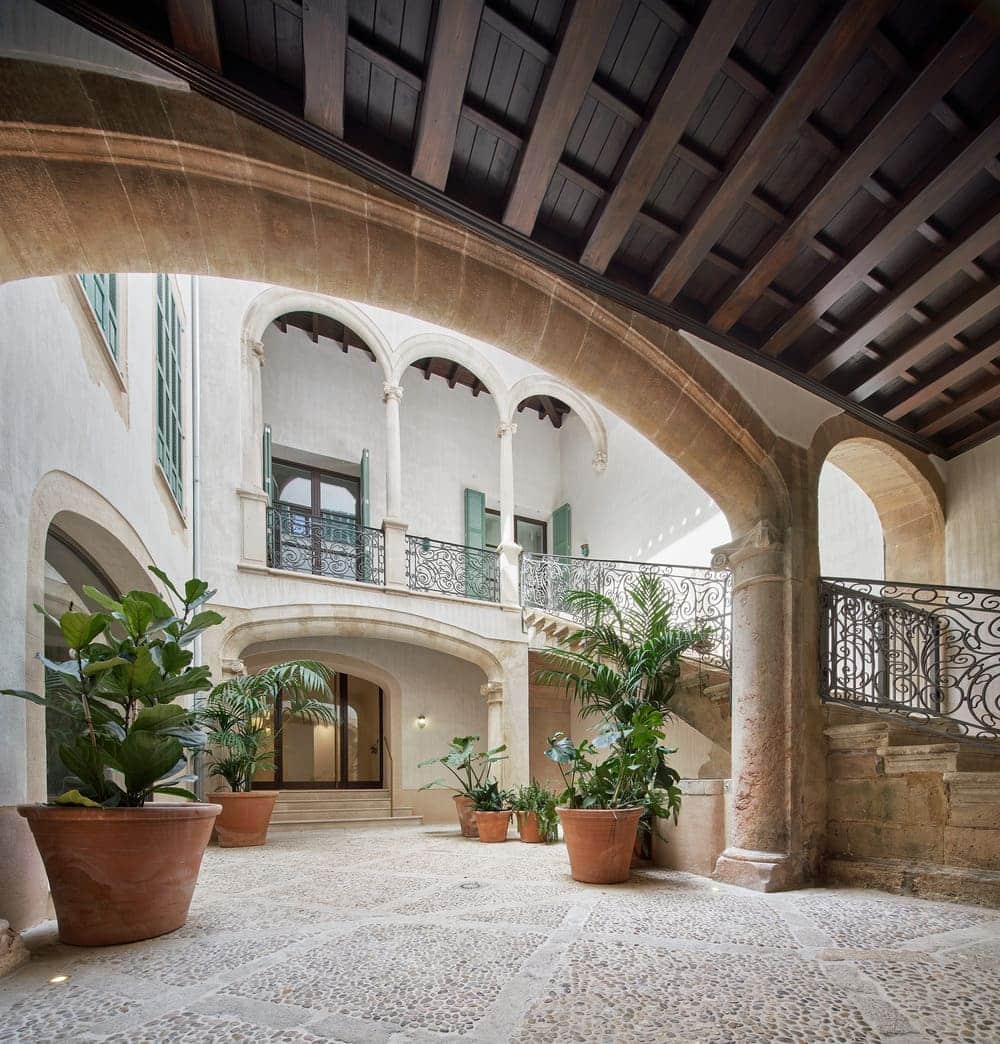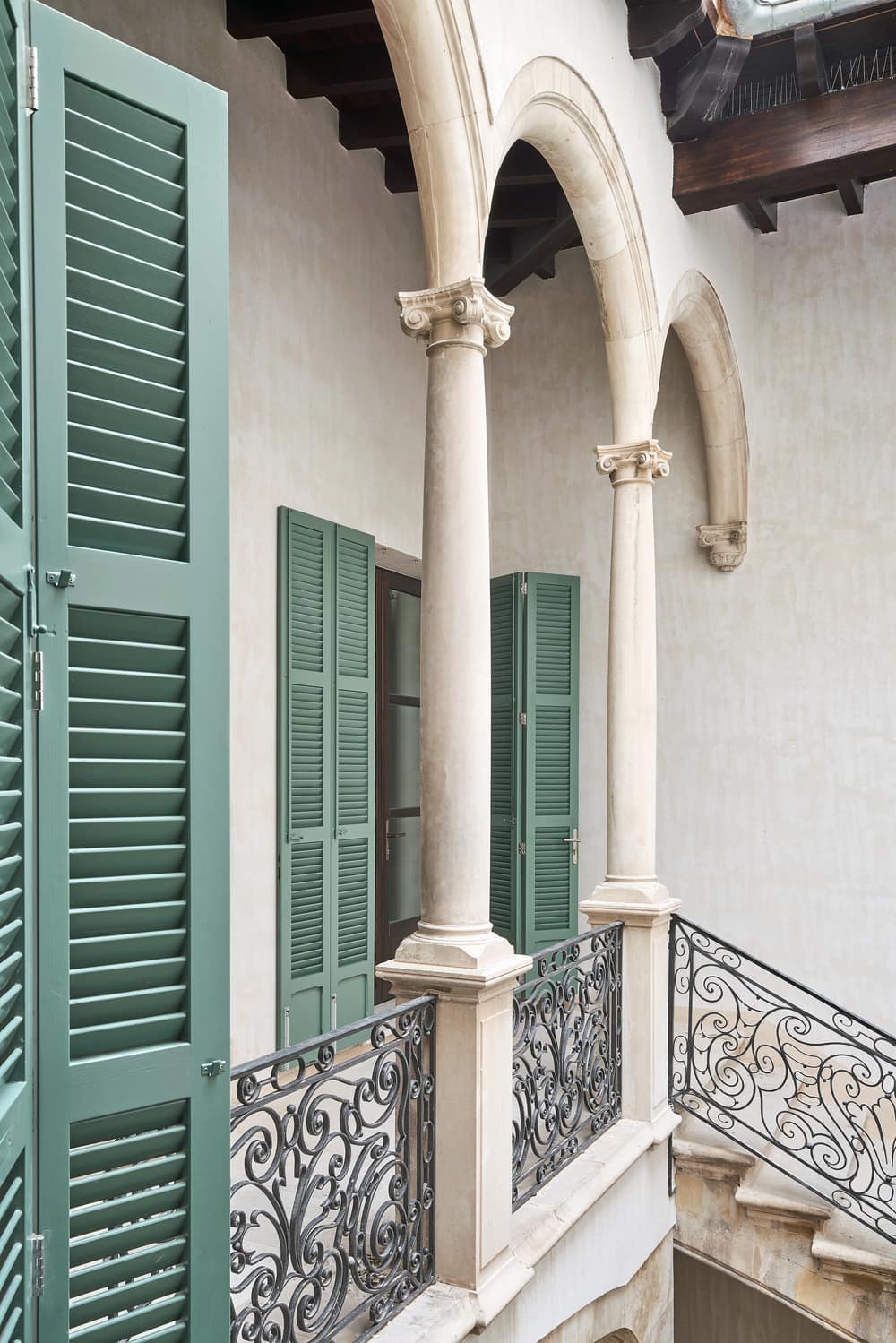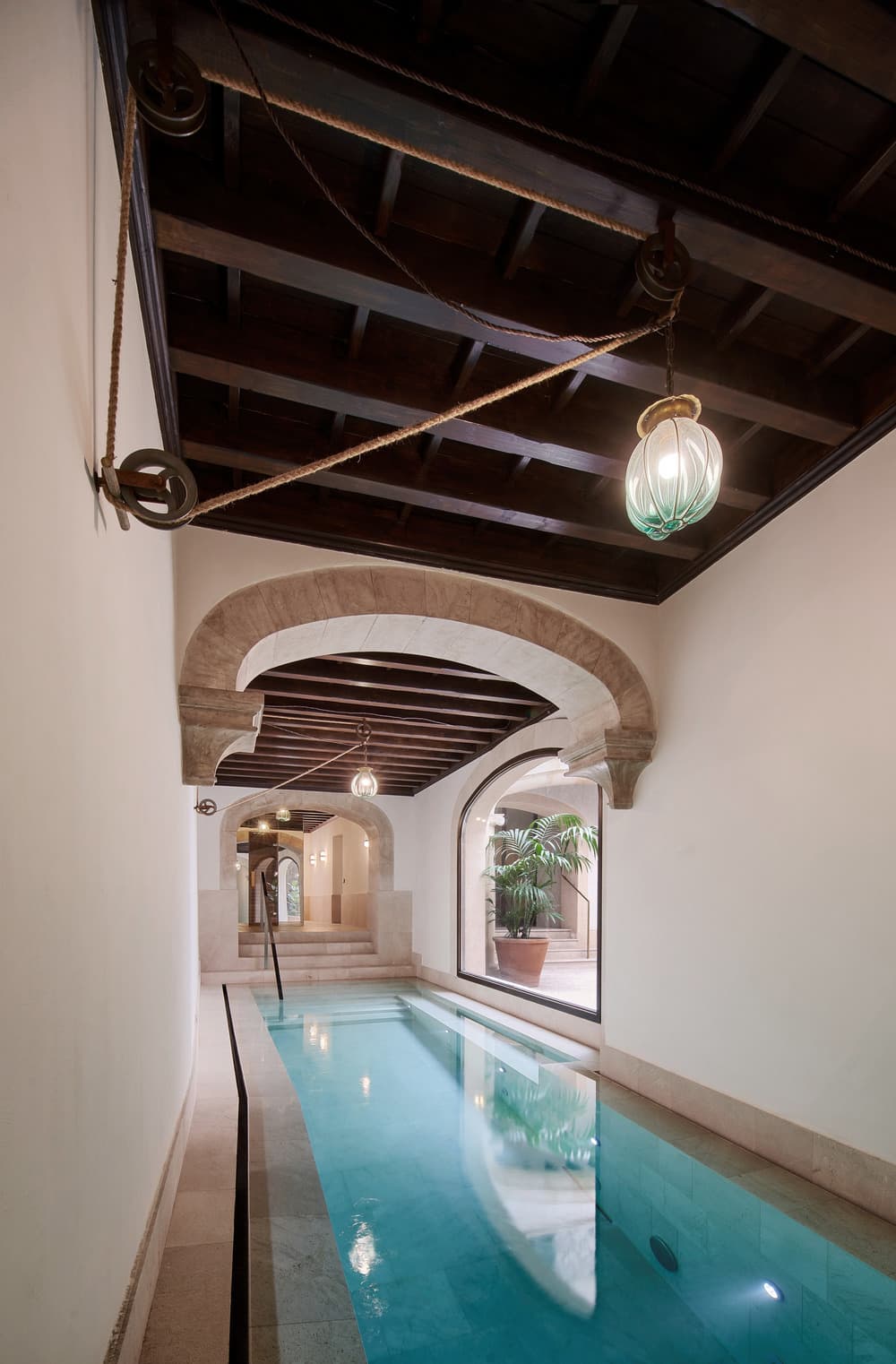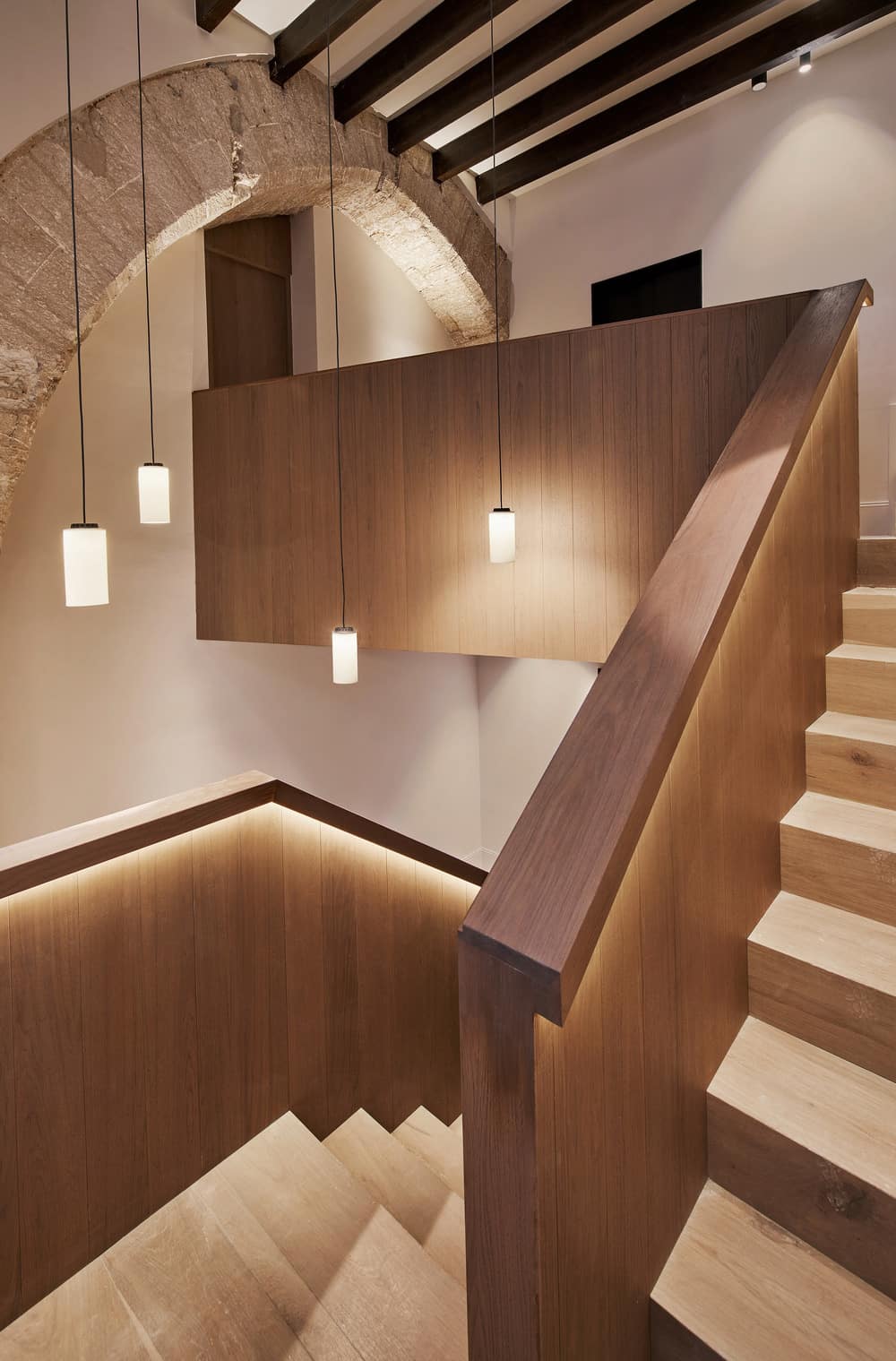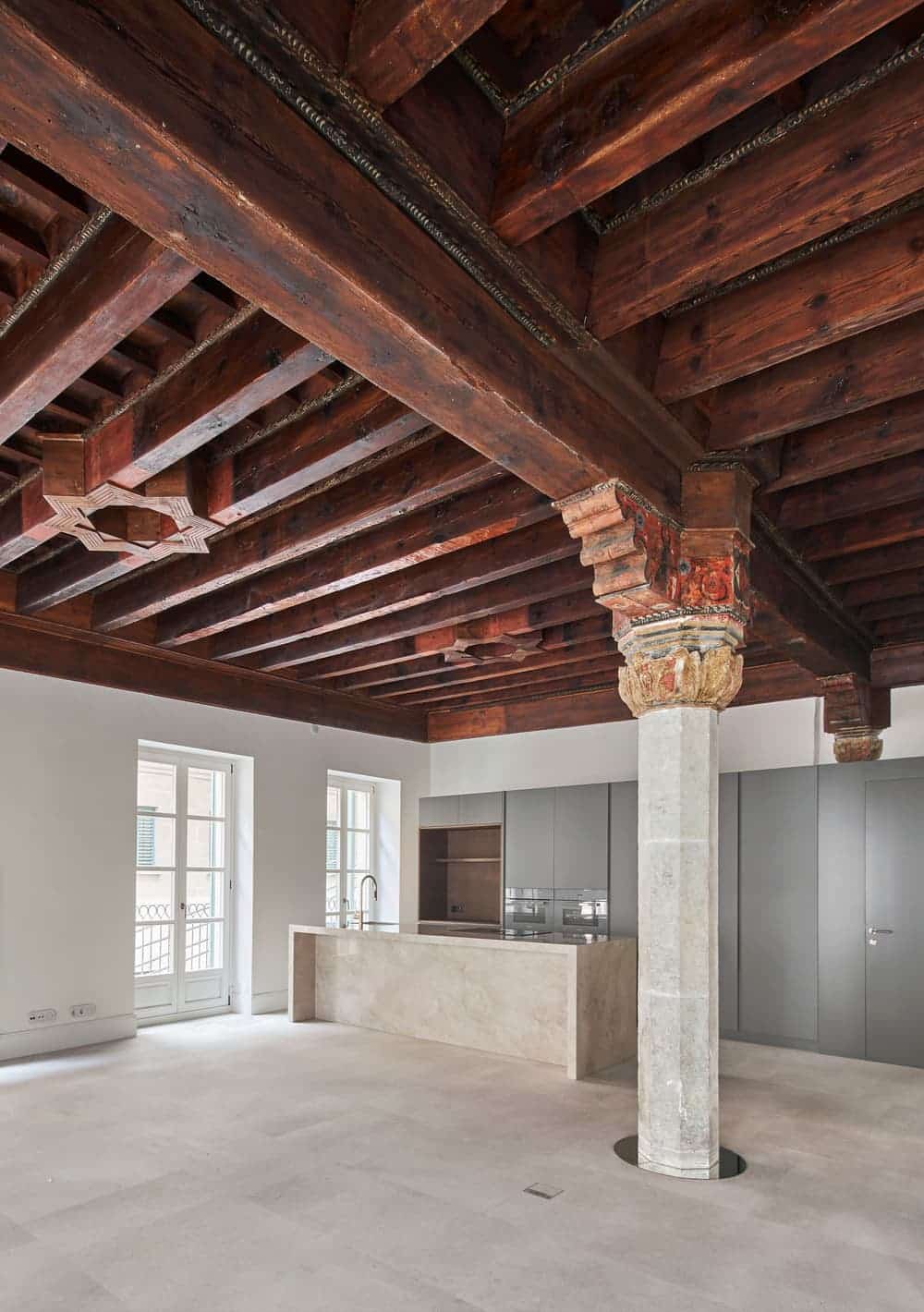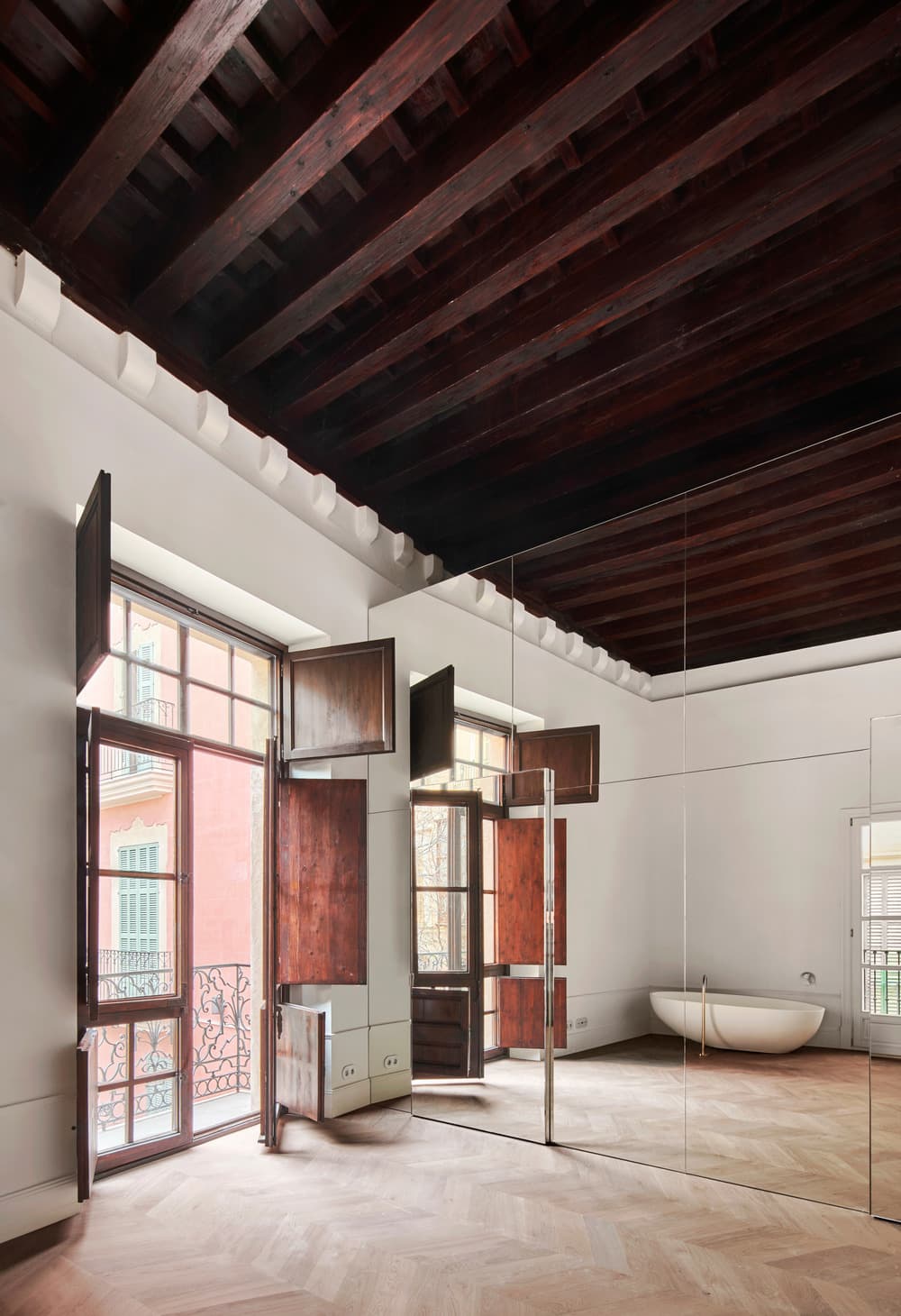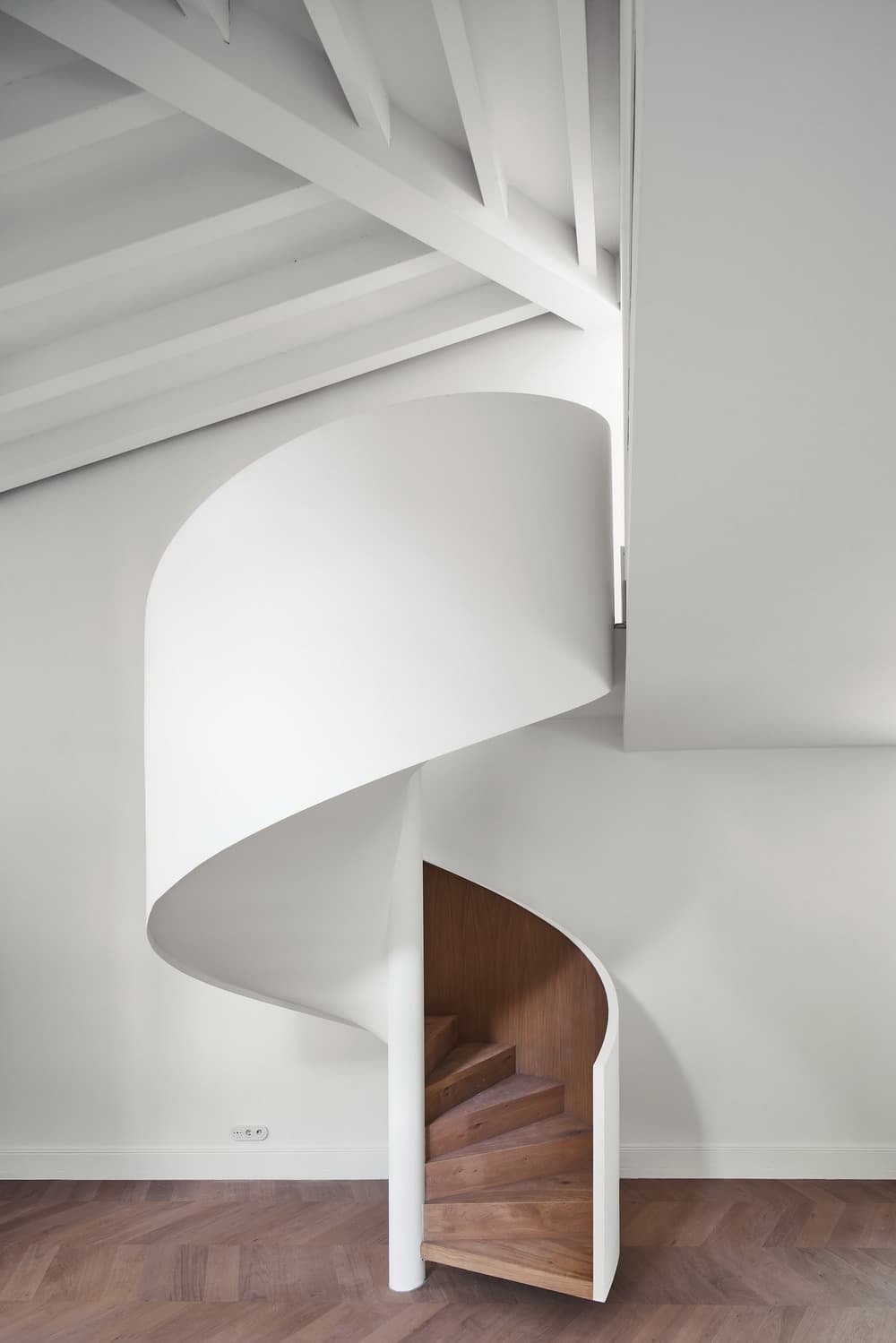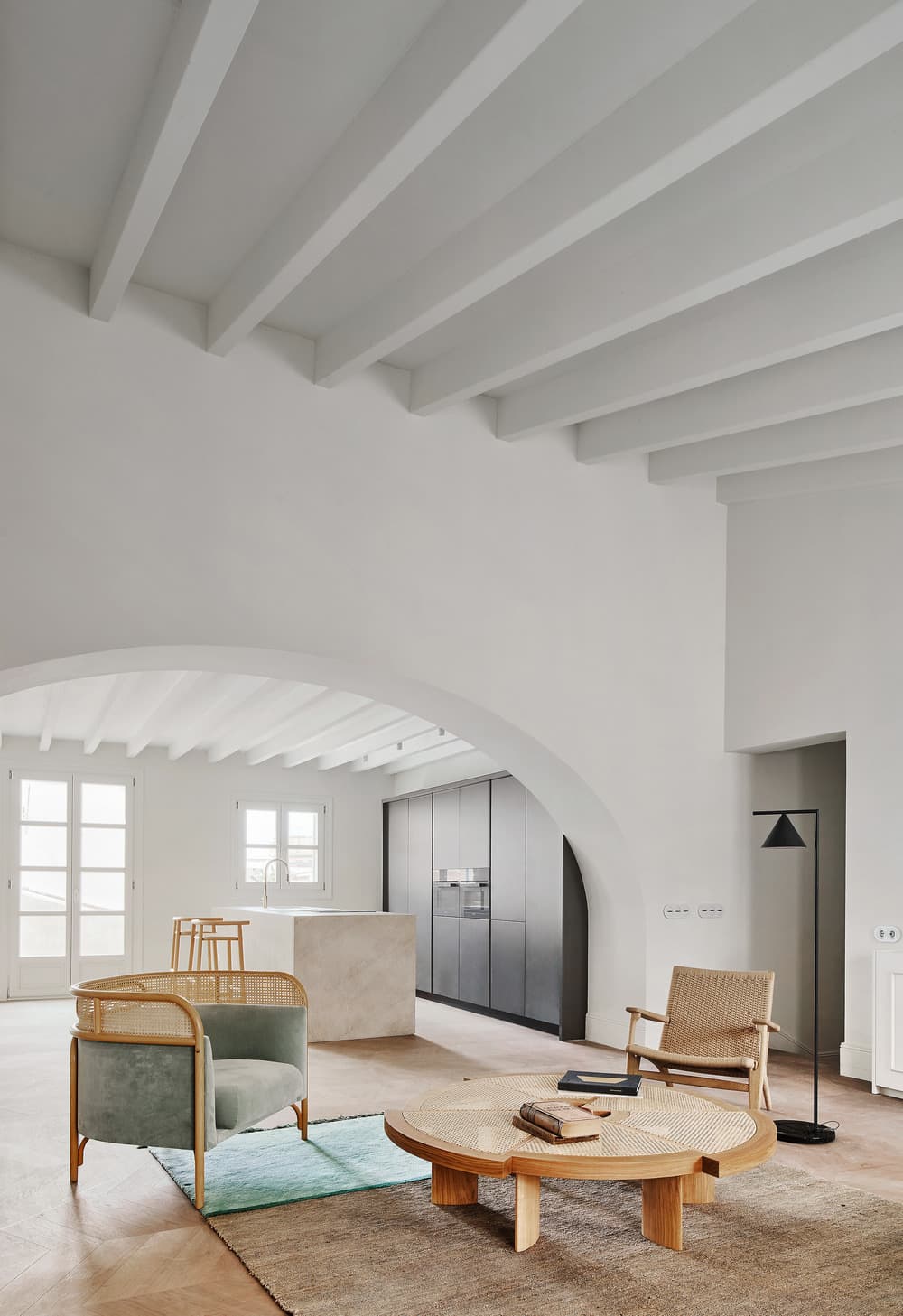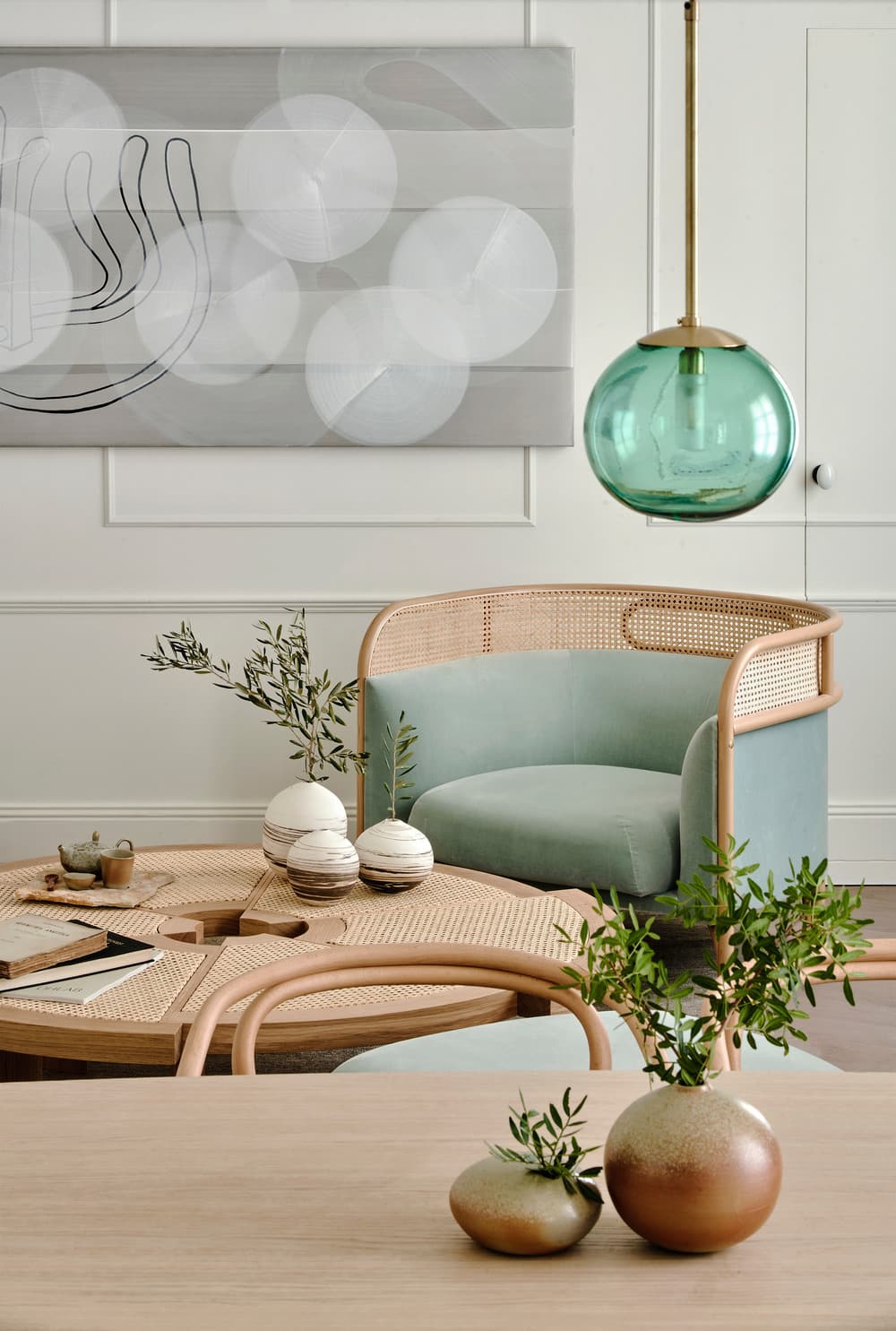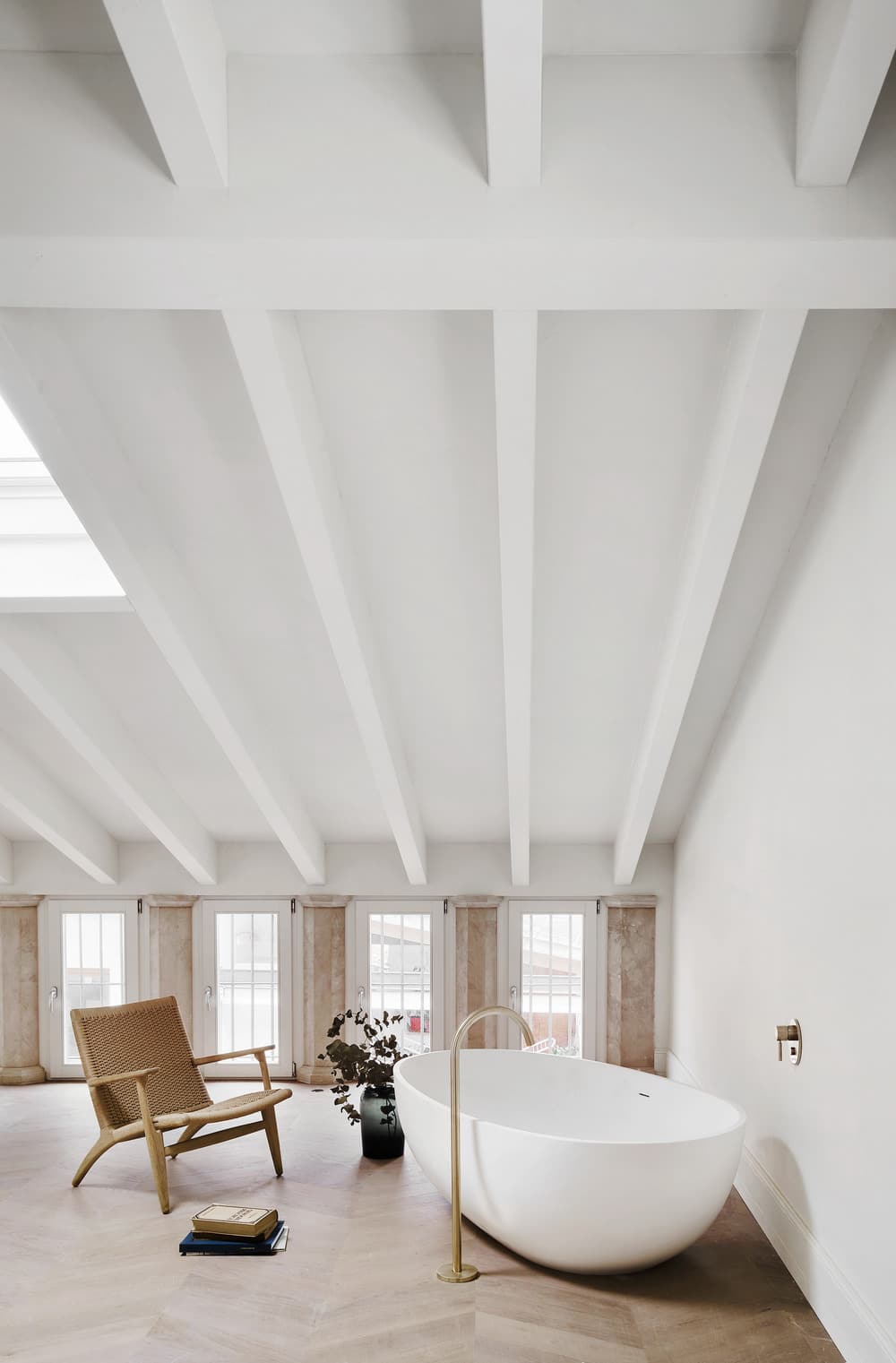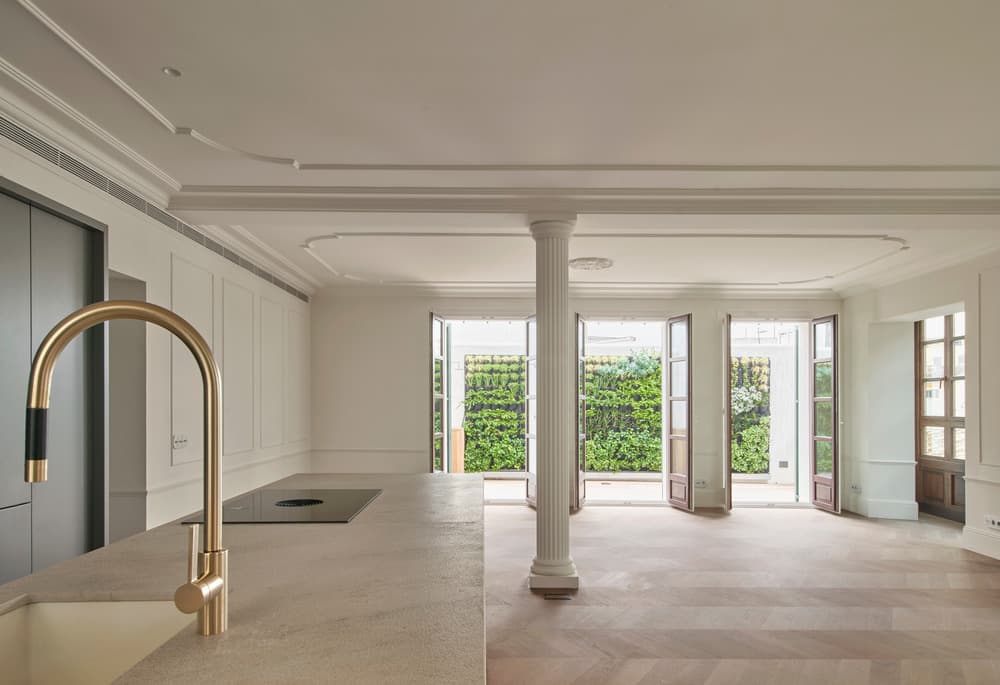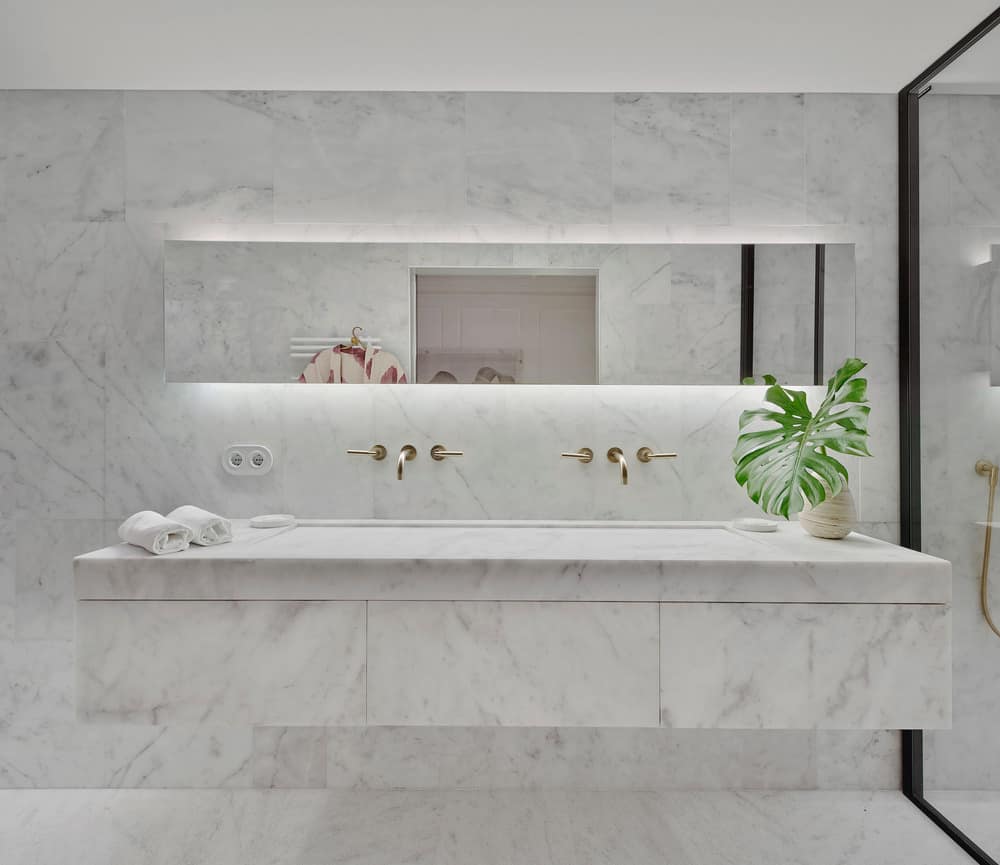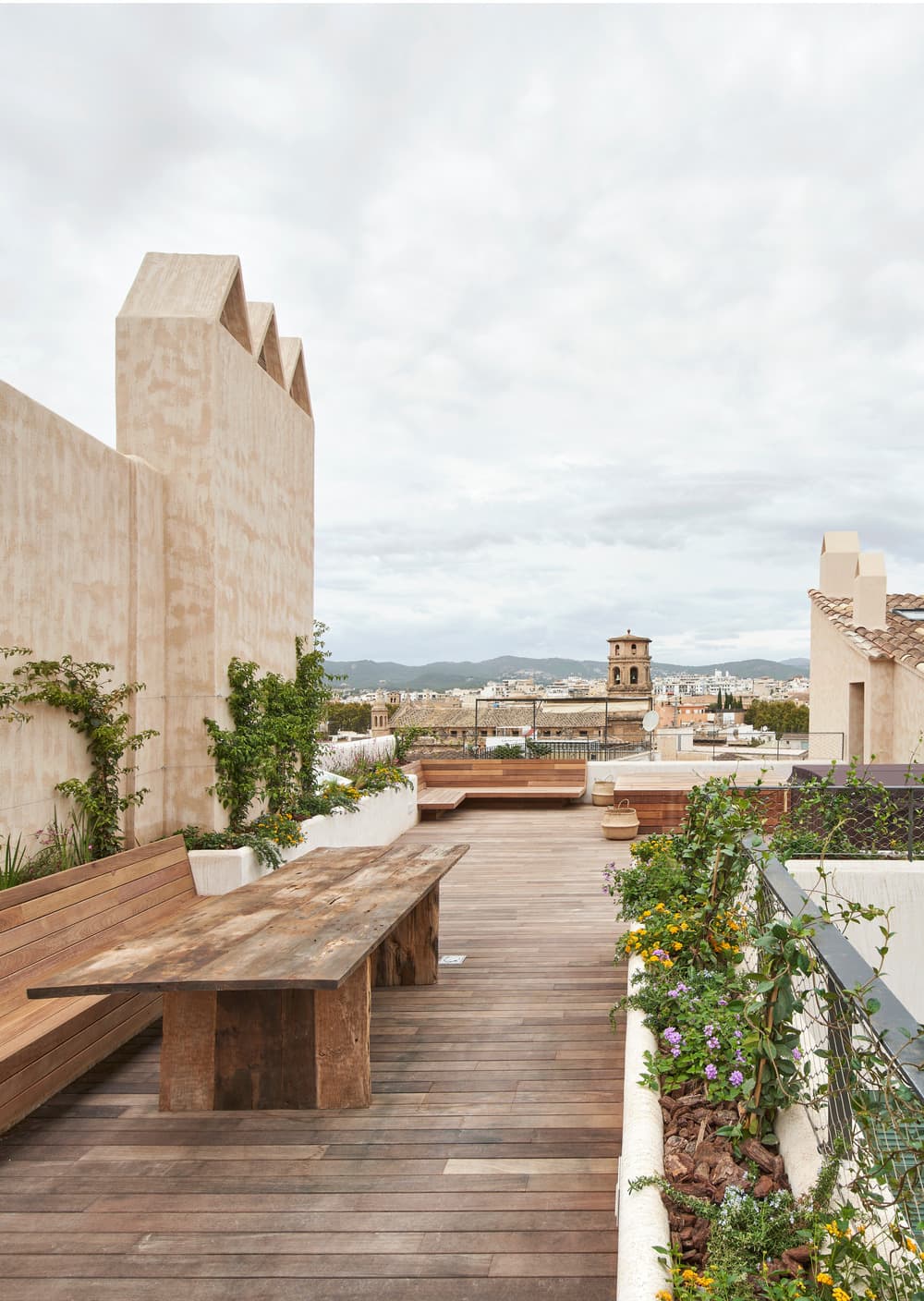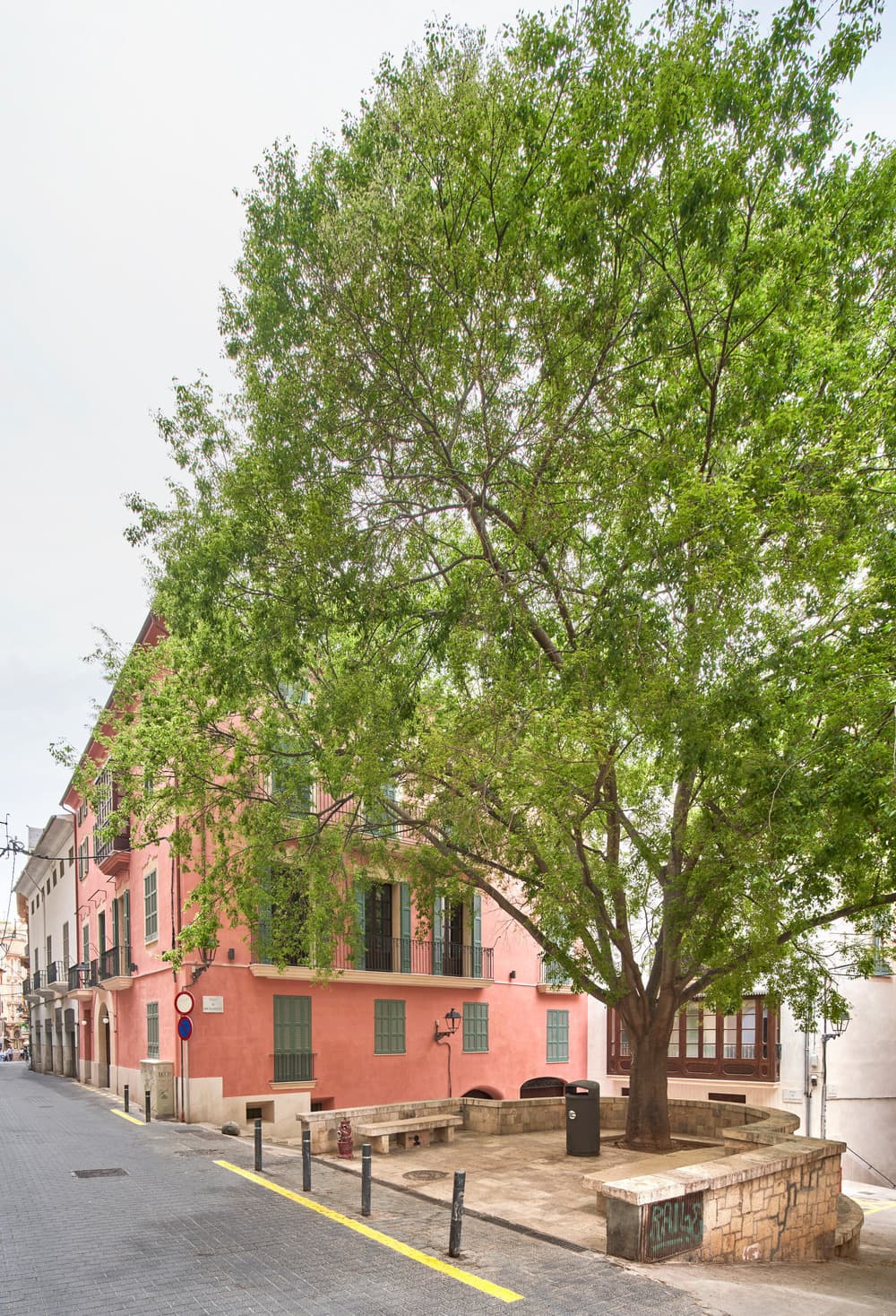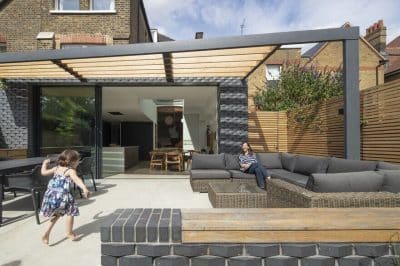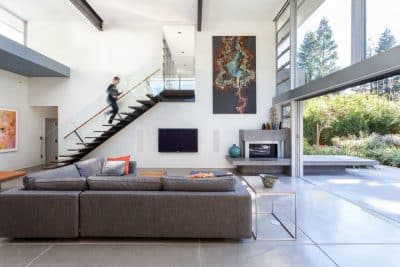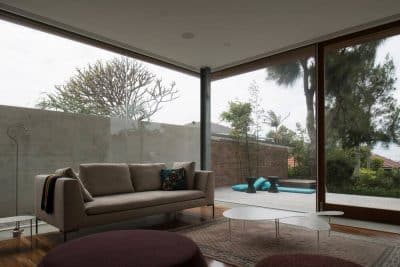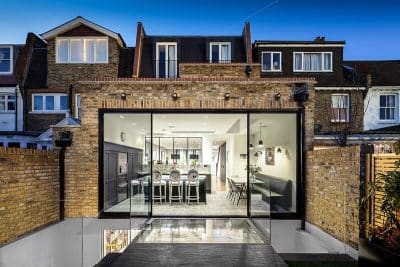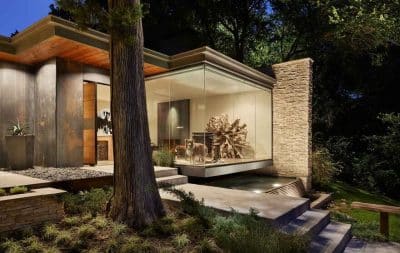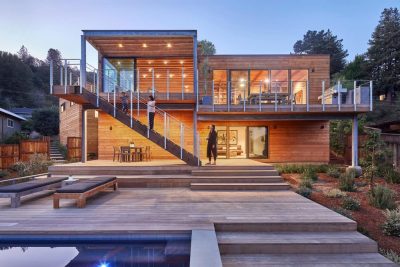Project: Can Santacilia
Architecture and interior design: OHLAB / oliver hernaiz architecture lab
Team OHLAB: Paloma Hernaiz, Jaime Oliver with Rebeca Lavín, Robin Harloff, Maria Bruna Pisciotta, Mercé Solar, Luis Quiles, Silvia Morais, Ángela Suárez, Wiktoria Ginter, Camila Ospina, Pedro Rodríguez, Laura Colomer, Eusebiu Spac, Agustín Verdejo
Building engineer: Jorge Ramón
Structural Engineering consultant: AMM Technical group
Facilities Engineering: AMM Technical group
Kitchen design: Espacio Home Design
Location: Palma de Mallorca, Spain
Photo credits: José Hevia
Can Santacilia is a 3,300m2 residential building with 15 apartments and common areas. It is a careful renovation of two buildings located in the heart of Palma de Mallorca’s old town.
In city records dating back to 1576, the main building appears as Can Santacilia, although its origins date back to the 12th or 13th century. Prior to the OHLAB project, the existing building dated back to the 17th century, with a later renovation in the 18th century. It was also renovated during the 20th century to be divided and converted into several dwellings, being significantly modified from its original state. The main courtyard was not preserved in good condition, but the structure deserved to be restored, as well as its main facade at Tagamanent square, which preserves part of the 18th century decor. Therefore, although the building had a history of more than 400 years, it had been largely modified and distorted by the time the firm began the project.
One of the main challenges has been historical responsibility, which involves researching the different interventions over time to discover, recover, and enhance the main architectural elements and spaces. The firm avoided eliminating or concealing alterations that have occurred throughout history in order to recover an ideal past that was not precisely known, opting instead to discover different stages and interventions by recognizing elements of value in each of them.
In order to make the operation efficient, and to integrate the building back into the day-to-day activities of the city, the firm updated its spaces and prepared it for use in the 21st century. On one hand, the building is a modern, comfortable residential building with all the services and facilities required for a contemporary lifestyle. On the other hand, faced with a complex and compartmentalized structure, the firm addressed the challenges of a 17th century façade and volume, protected, extremely rigid, and difficult to modify.
OHLAB’s renovation project takes advantage of the complexity of the existing building as a potential to generate unexpected spaces where each dwelling is totally different. The intervention resolves each dwelling with a distribution and individualized and unique solutions, while transforming the entire building into a proposal that bases its uniqueness on the recovery of the historical essence of the building and a commitment to contemporaneity.
At Can Satacilia, special attention has been paid to the selection of natural, noble, local materials, emphasizing the building’s history and Mediterranean essence. A simple palette of natural materials encompasses the entire project, combining the restoration of historical elements such as wood carpentry, stone and wood structural elements, plaster and wood moldings, wooden coffered ceilings, mortar and lime coatings, stone and wood ceramic floors, and wrought ironwork. Along with these natural references, a careful selection of noble materials contrasts, including antique bronze pieces, local stones, mirrored cloths, porcelain details, and local linen and cotton textiles.
The Can Santacilia project also recovers the entrance courtyard that had been distorted through previous modifications, restoring the old splendor of an area so deeply rooted in the classic typology of noble dwellings in Palma de Mallorca’s old town. The courtyard becomes the main entrance to the heart of the building, and opens onto the landscaped terraces and communal areas, including a gym and an indoor pool with a spa which opens directly onto the courtyard.
A second inner courtyard has been recovered as part of a private home garden, in addition to five terraces for different homes from which you can enjoy views over the rooftops of the city.
Despite the constructive restrictions of a historical renovation in a listed building, the project has been designed from the beginning with sustainability parameters to maximize its energy efficiency, increasing thermal insulation, taking care of thermal bridges throughout its envelope, and using an efficient centralized air conditioning system.

